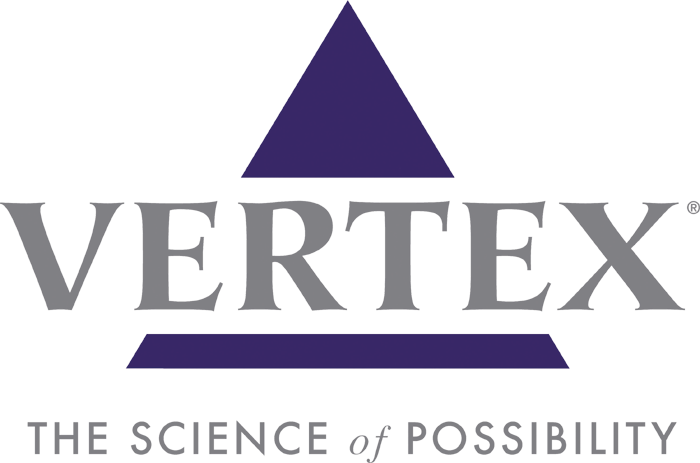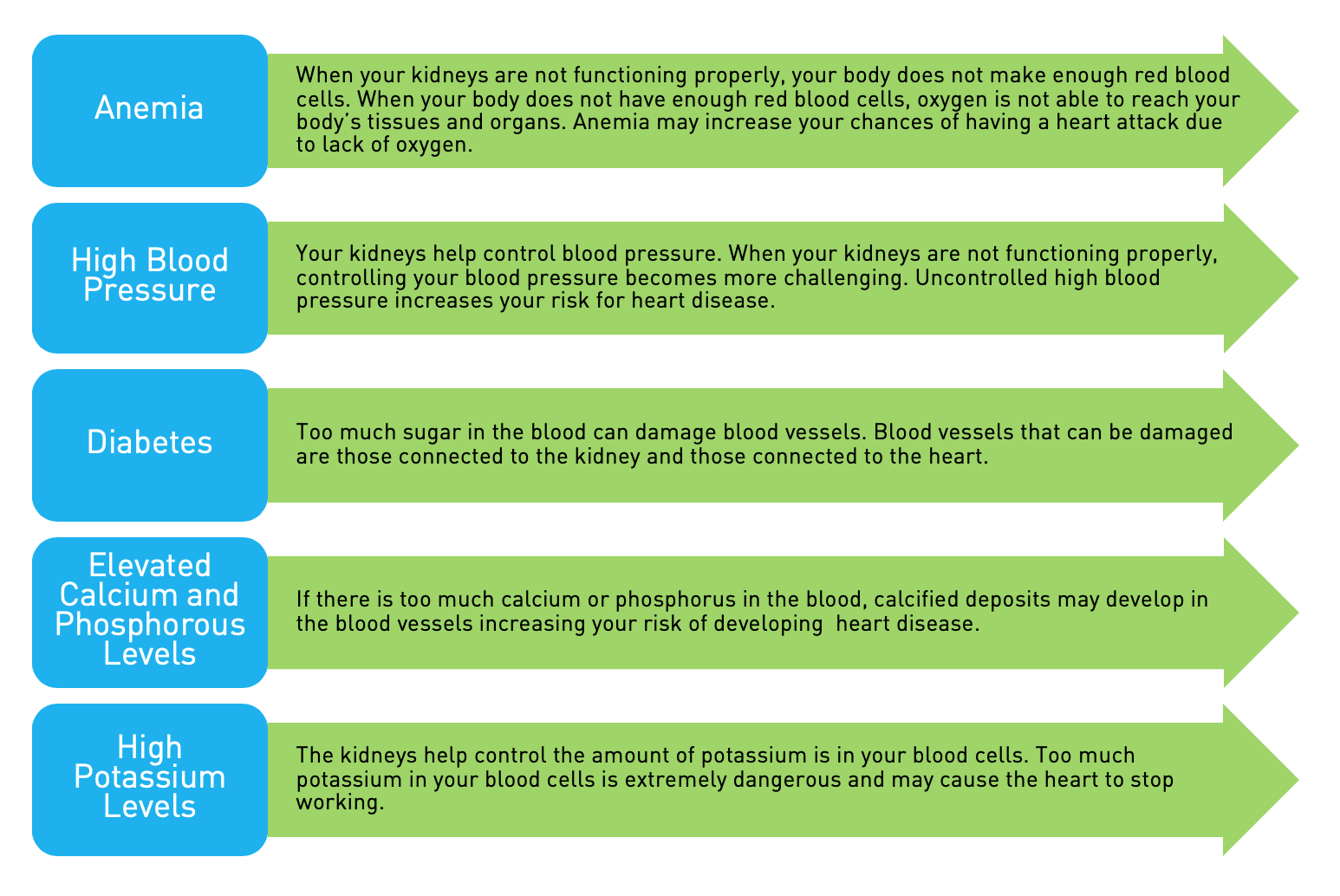So you’ve decided to do your hemodialysis treatment at home. Congratulations! This is another step in taking charge of your health care. Home hemodialysis is not easy – nor is it difficult, with proper training and attention. Getting started on the program takes time, patience and a commitment from you and your care partner. Traditionally, hemodialysis is performed in a hospital or out-patient medical facility. Before starting any dialysis treatment, it’s important you understand the benefits and the risks of the treatment option.
There are five key members of your home hemodialysis health care team:
• Nephrologist – to prescribe your dialysis treatment and monitor your overall progress.
• Home training nurse – to train you for home treatment.
• Renal dietitian – to help create a meal plan for you and monitor your lab values.
• Social worker – to provide counsel to you on emotional and lifestyle matters.
• Home care partner – to train with you and assist you during your dialysis treatment.
These people will assist you in making sure you are receiving the best quality care. They will help monitor and support you to ensure your safety and care.
There are several types of home hemodialysis programs from which to choose:
• Traditional home hemodialysis – Performed three times per week, usually for about four hours per session.
• Short daily home hemodialysis – Performed five to six days per week, usually for two and a half to three and a half hours per session.
• Nocturnal home hemodialysis – Performed while you sleep, usually for six to eight hours per night, for between three and six nights per week.
Every patient is different. You and your doctor will decide which treatment option is best for you.
Pre-training
The dialysis unit has a set of pre-training criteria every patient must adhere to before beginning the home dialysis training program. They include:
• You must have reasonable medication compliance.
• You must be physically and mentally able to manage your care or have someone who can.
• You must agree to follow the treatment plan.
• Your in-center dialysis treatments are generally stable and without frequent medical complications, and your access works well.
The Training
A home training nurse or the social worker will visit your home. They want to see the room where you will be dialyzing, where you will store your supplies and the area for the water treatment. The home dialysis training center will send someone to test your water quality. Some homes may need minor plumbing and wiring changes that you will have to pay to adjust. If you rent, you may need to get permission from your landlord to make the changes. Some home hemodialysis systems require very little, or in some cases, no modification to the home.
As for the training itself, different dialysis organizations train differently. One organization may require that you and your care partner meet with the home training nurse at the dialysis facility three to five times per week. At another organization, the nurse might come to your home for training. When you begin training, you will be given an educational binder with the information you need to know about your particular choice of equipment and how to set it up, your list of medicine and prescriptions to be filled and your personal medical needs.
The binder is customized just for you and will also include a list of emergency phone numbers.
Patient safety is an important part of the training. The training nurse will show you how to wash your hands properly, the appropriate cannulation (inserting of the needles) technique, how to monitor your treatment and handle any potential emergencies.
The training nurse will set up the home machine and insert the needles into your vascular access during your first week of training. You and your partner will be asked to carefully follow along with the process and you should feel free to ask any questions either of you may have. As the training moves on and you start to become familiar with the process, you and your partner will slowly start taking over the set-up of the home machine.
When you are ready, you and/or your care partner will insert the needles needed for your treatment into your vascular access. Your training nurse will be with you until you are comfortable taking over the entire process. He/she will watch you as you go through the process a few times to make sure you are performing each task correctly. Training for home hemodialysis can last from three to five weeks.
Help and support is always available. The dialysis unit home training center will continue to be your partner and support with an on-call nurse or technical support, 24 hours a day, seven days a week. A home dialysis nurse will also visit your home at least once a year to check on your status. Home hemodialysis is a big responsibility, but one that many patients feel is worth it for the health and quality of life benefits they get from it.
Nives Rigodanzo-Massey, RN, is the Manager of the Home Hemodialysis Program at the Northwest Kidney Center in Seattle, Wash.
This article originally appeared in the November 2009 issue of At Home with AAKP.
























